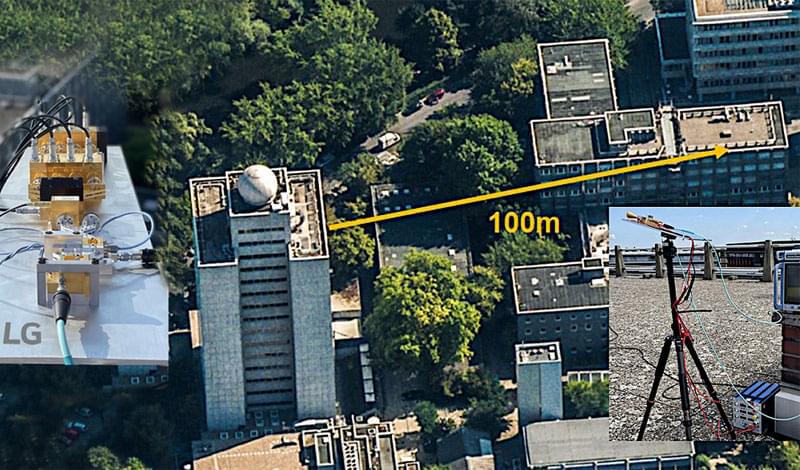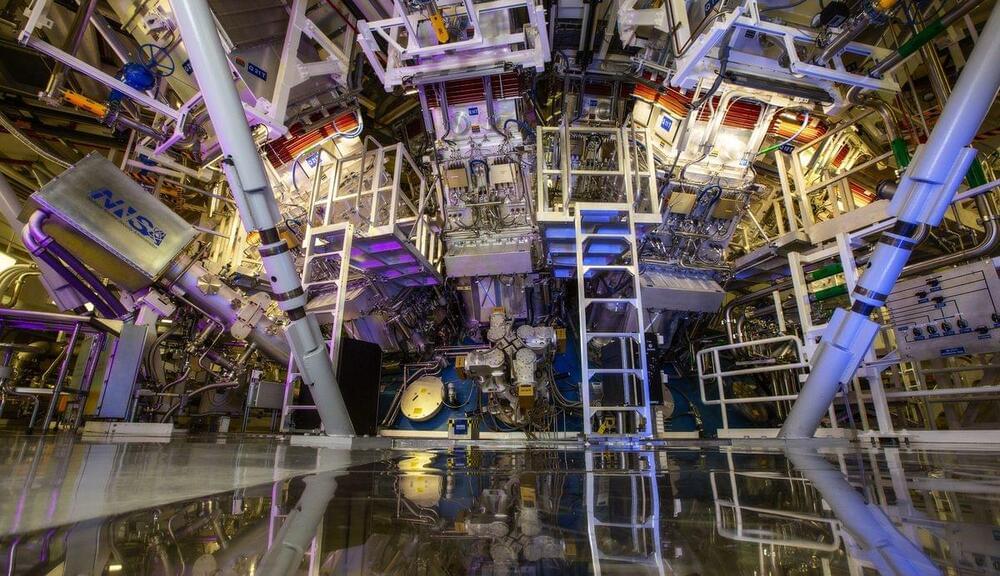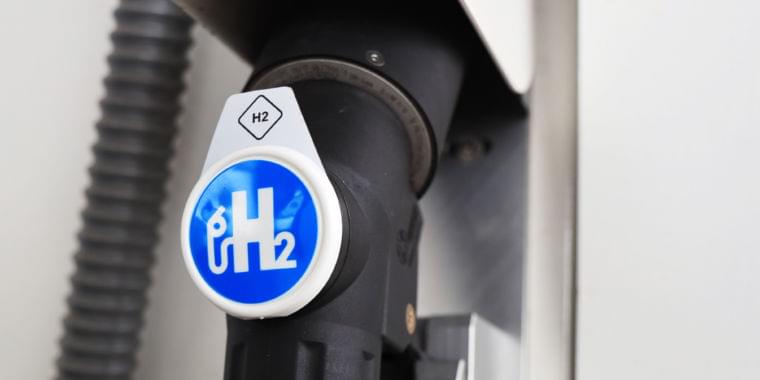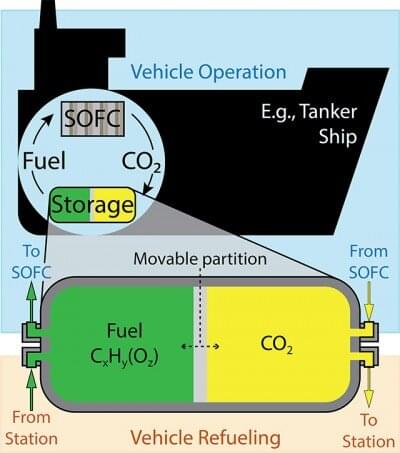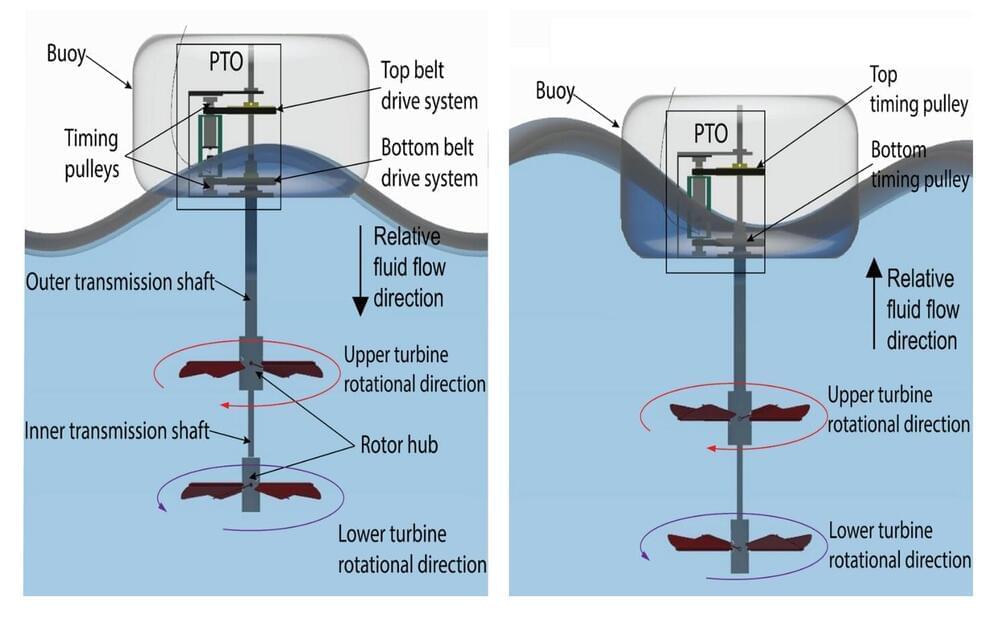South Korean company LG Electronics, working with German research organisation The Fraunhofer Society, has successfully transmitted data a distance of 100 metres with a 6G signal.
6G is the next generation of wireless communication technology, following the current 5G standard. It operates at much higher frequencies than the latter and is expected to offer a ten-fold boost in data rates when eventually commercialised.
Still in the early stages of research and development, 6G is currently limited to short ranges and has the problem of power loss during transmission and reception between antennas. A major technical challenge to date has been the need for power amplification to generate a stable signal across ultra-wideband frequencies. The power amplifier developed by LG and its German partners was crucial to the success of this latest test. It generated a stable signal output up to 15 dBm in the frequency range between 155 to 175 GHz.
